
In front of a modest house in K'Rang Go pottery village (P'Roh commune, Don Duong district), artisan Ma Ly, 68 years old, Chu Ru ethnic group, and his daughter Ma Gret are diligently making a batch of pottery in early spring. Looking at the tools and the way to make pottery products, they are quite simple. A ring is made of bamboo, a small piece of wood, a forest plum, a piece of cloth to complete a pottery product both technically and aesthetically.
In the past, the Chu Ru people's K'Rang Go pottery village was quite developed. Almost every house made pottery. The products were mainly used for family life, such as jars, pots, kettles, vases, cups, etc. If there was any surplus, the Chu Ru people here would barter it with neighboring villages.
But now, modern life has "flooded" Chu Ru village, few families use ceramic products, especially the young generation rarely care about the traditional pottery craft of their people. The whole K'Rang Go pottery village now has only 5 households pursuing this craft.
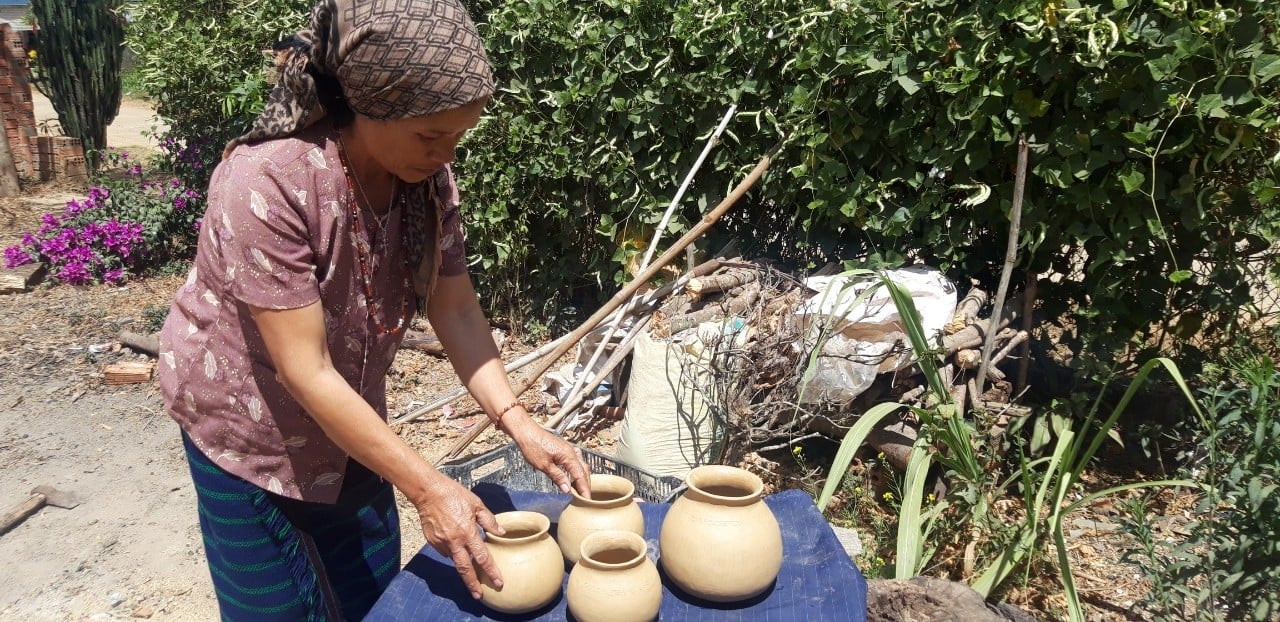
Artisan Ma Ly confided: My mother taught me the craft of pottery when I was 12 years old and I have been pursuing this profession until today. I cannot let my ethnic pottery craft be lost, because this is the traditional cultural beauty of the Chu Ru ethnic group. I have taught my daughter and some relatives in my family how to make pottery quite skillfully. In 2023, I sold over 200 ceramic products, priced from 80 to 100 thousand VND/product to some tourist attractions and visitors inside and outside the province. Currently, I am trying to make 100 products in time to deliver to a customer in Hanoi.
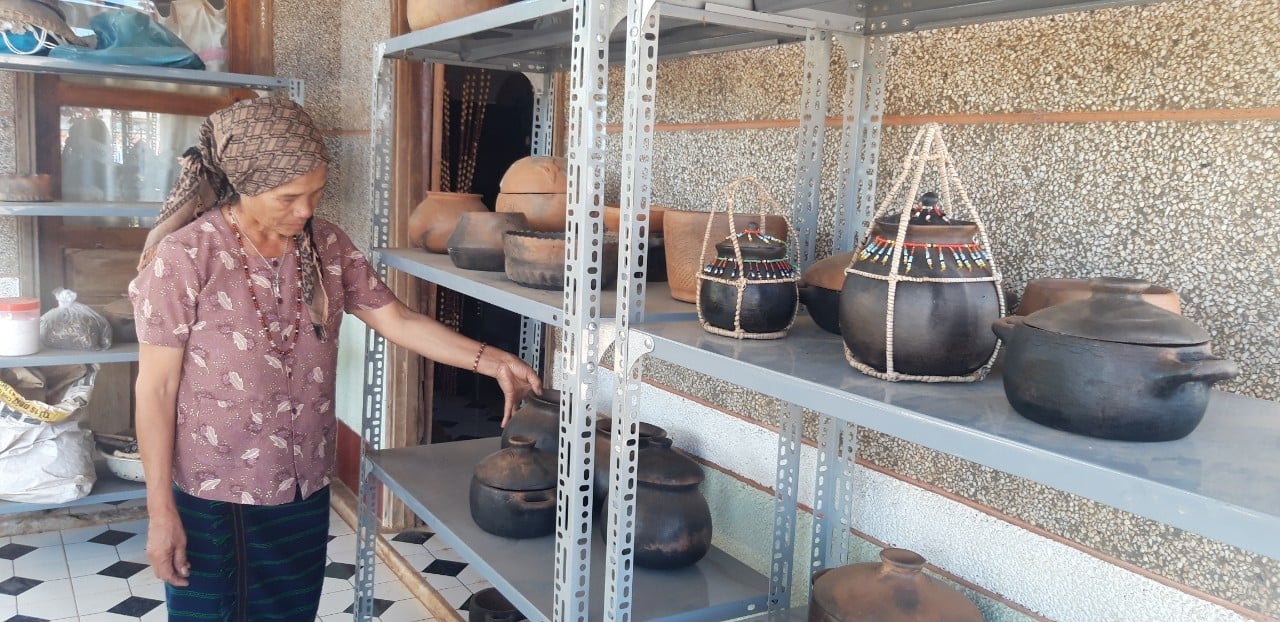
Leaving K'Rang Go pottery village, we visited artisan Ya Tuat, a Chu Ru ethnic group in Ma Danh hamlet, Tu Tra commune. Among tens of thousands of Chu Ru people, only artisan Ya Tuat remains who knows how to make silver rings.
Talking to us, artisan Ya Tuat said: “The most difficult part of making silver rings is making the ring mold, which requires meticulousness and carefulness. The details of the ring mold are made from beeswax. Whether the ring is beautiful and sharp, true to its name such as deep eyes, sugarcane eyes, rice flowers, sun... depends a lot on this step. On average, each tael of silver can make 10 rings. Depending on the sophistication, the rings will have different values. On average, each month, I sell from 50 to 100 rings to the market.”
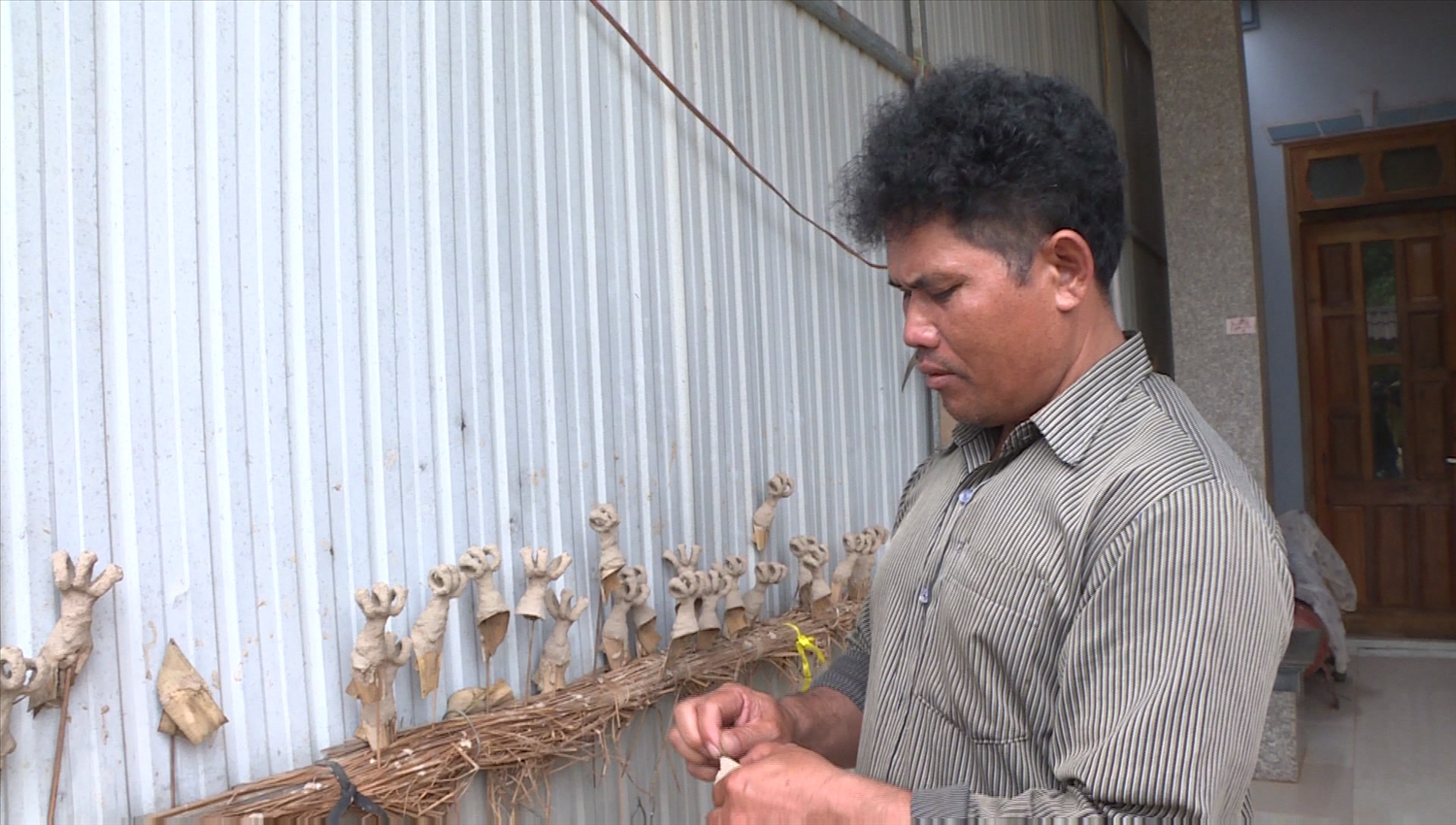
For the Chu Ru people, silver rings have an extremely important meaning, especially in weddings and engagement ceremonies. Silver rings are both an engagement and a gift for relatives in the family. They are a dowry, a family heirloom, passed down from generation to generation. Not only that, silver rings are used in some rituals such as grave abandonment ceremonies or field offerings to the gods. They are indispensable. Therefore, the role of silver rings is extremely important in the daily life and spirituality of the Chu Ru people.
Mr. Ya Loan, a Chu Ru ethnic intellectual, added: “Although silver ring making is not a profession that makes a lot of money, it is a traditional profession of the Chu Ru people. Fortunately, artisan Ya Tuat has preserved this profession until today. Currently, artisan Ya Tuat has instructed his son and some young people in the village to make silver rings. Because this is a traditional craft, it is the pride of the Chu Ru ethnic people.”
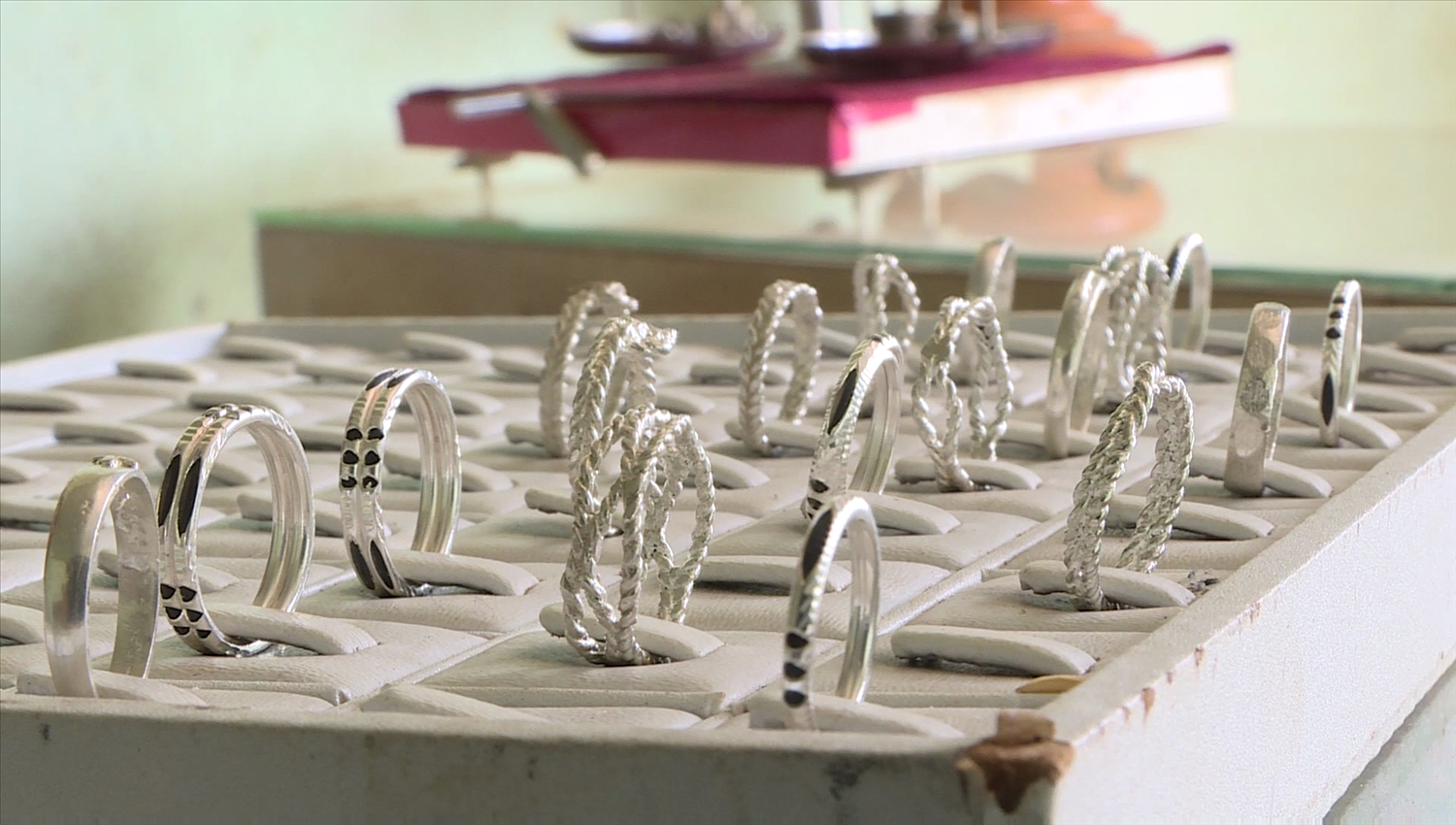
We continued our journey to Lac Xuan commune, Don Duong district to enjoy the Tamya Arya dance in harmony with the drums, gongs, and the melodious sound of the Chu Ru boys and girls. Having such community activities imbued with Chu Ru culture, we must mention the great contribution of Meritorious Artisan Tou Neh Ma Bio.
This year, she has spent nearly 70 farming seasons, but she is always concerned with preserving and promoting the intangible cultural values of her people. Spring is also the festival season, artisan Tou Neh Ma Bio and her brothers, especially the young generation of the Chu Ru ethnic group, prepare their luggage through drums, gongs, dances, songs, and singing imbued with Chu Ru culture to perform in many neighboring villages, or many cultural festivals of other ethnic groups in the country.
Artisan Tou Neh Ma Bio confided: “I am a Chu Ru ethnic group member, so I must be conscious of preserving what belongs to my ethnic culture. For decades, I have been constantly teaching the younger generation how to play drums, gongs and flutes, as well as practicing the folk songs and melodies of the Chu Ru ethnic group. I also hope that many people will join hands to preserve and promote the traditional culture of the Chu Ru people along the Da Nhim River.”
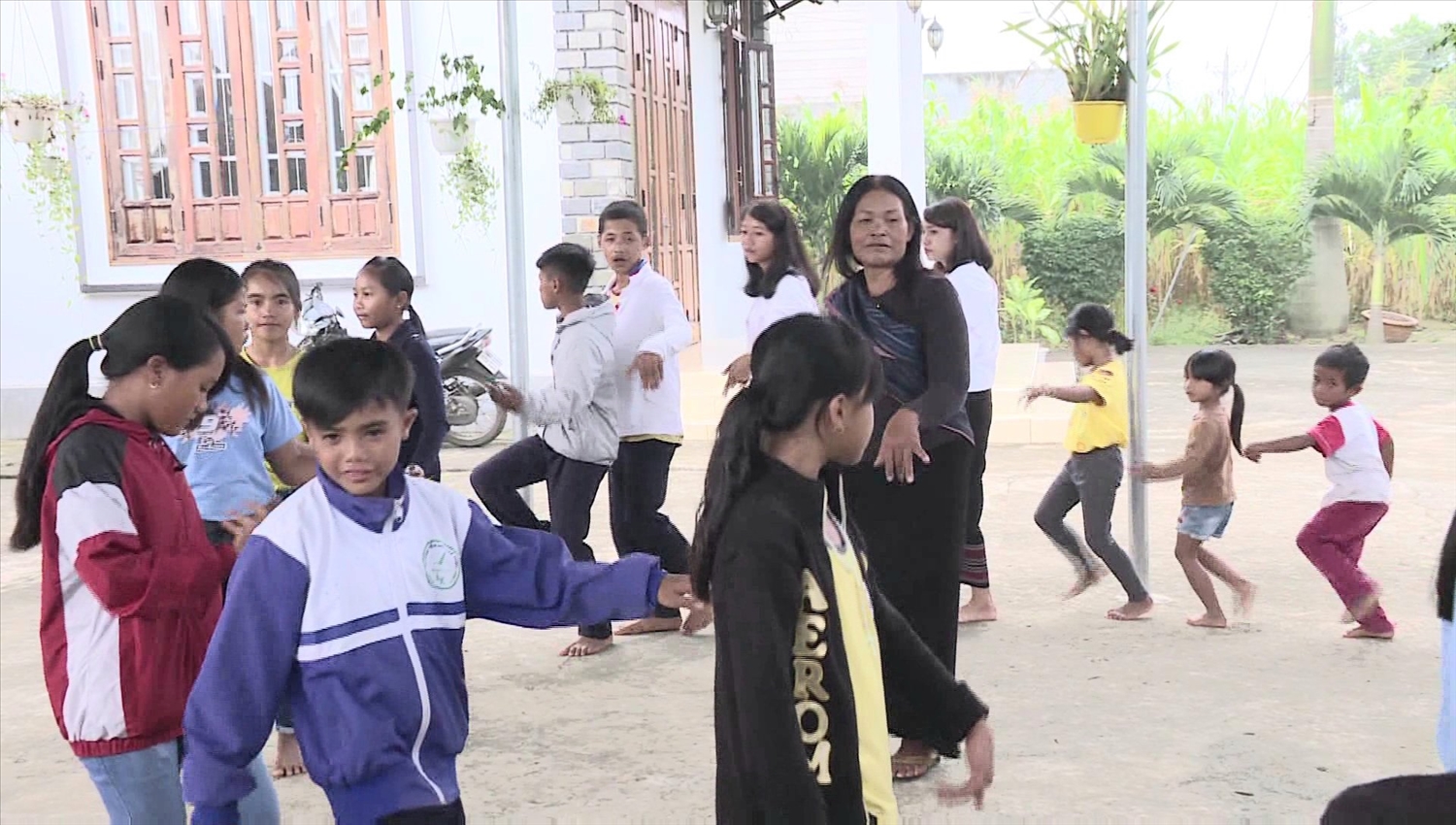
Not only traditional crafts, gong performance venues, Don Duong district has invested in building Chu Ru cultural village in P'Roh commune. This is not only a suitable space to display traditional handicraft products, hold festivals, but also an ideal destination to introduce tourists from all over to learn more about customs, habits, costumes, folk songs, folk dances, architectural works and traditional crafts such as pottery making, silver ring making, brocade weaving, wine making, ... traditional cultural characteristics of Chu Ru people.
Saying goodbye to the Chu Ru villages in the sweet spring, I do not forget and cherish the skillful, diligent hands of the artisans who are always concerned with the craft of making pottery and silver rings of their people. The spelling of the Chu Ru ethnic children taught by Mr. Ya Loan day and night. And the sounds of the Sogơl drum, Tenia flute, Káo trumpet blending with the Tamya - Ariya dance of the Chu Ru boys and girls, rhythmic, graceful, passionate and excited in the vastness of the Southern Central Highlands...
Source


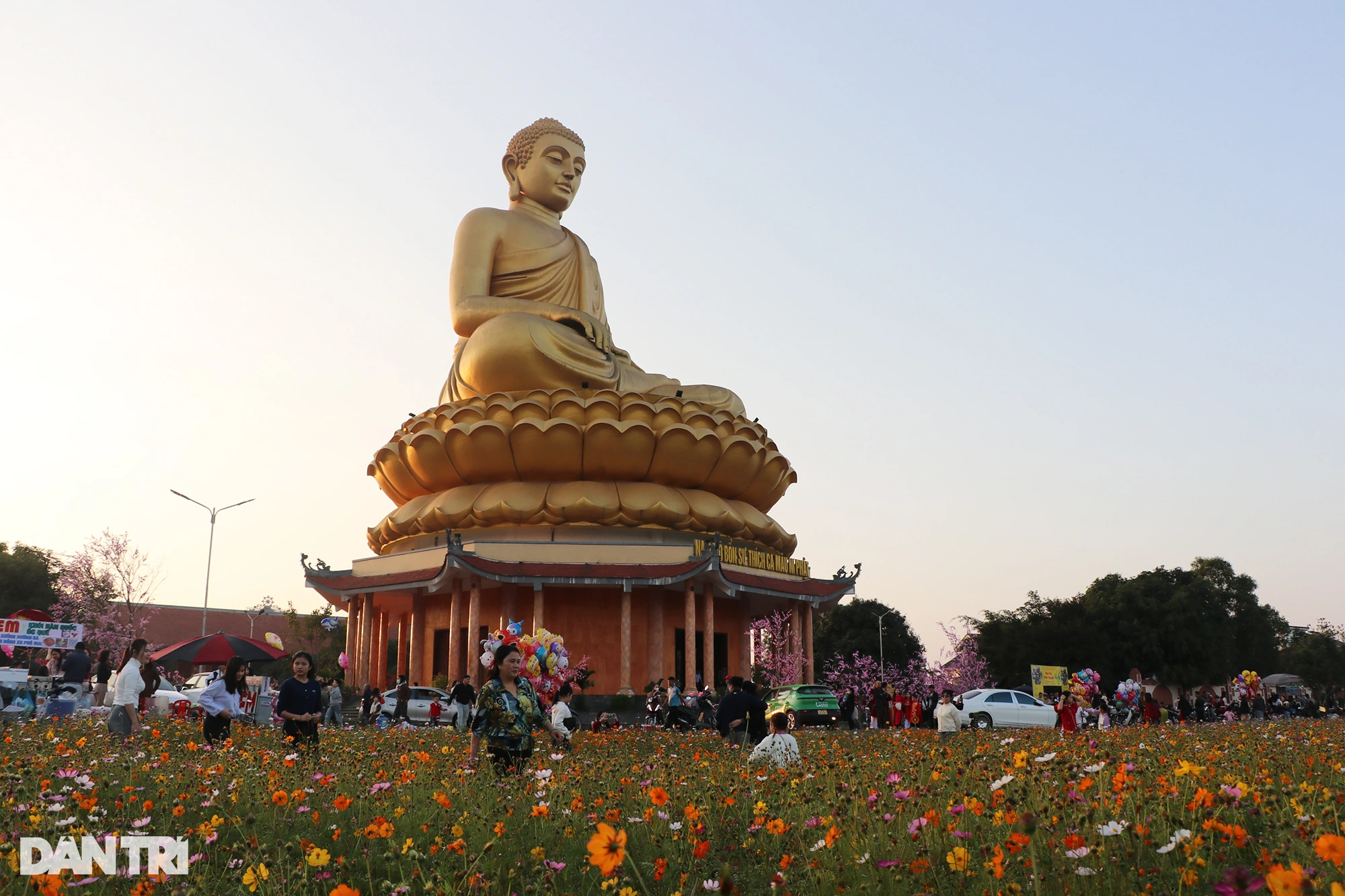



















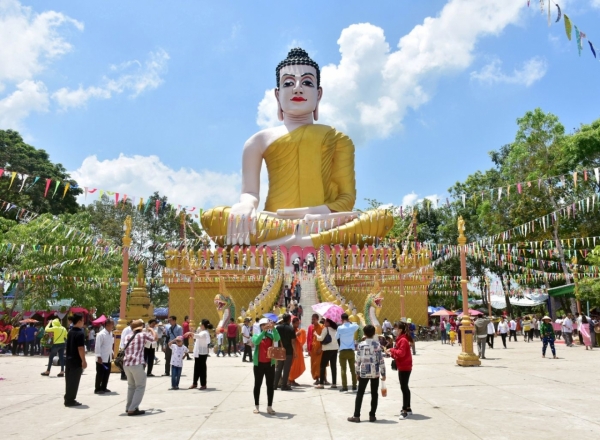


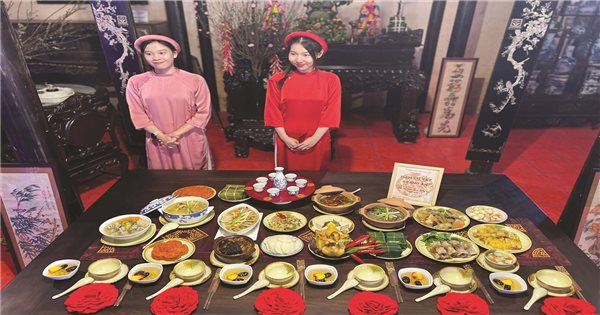


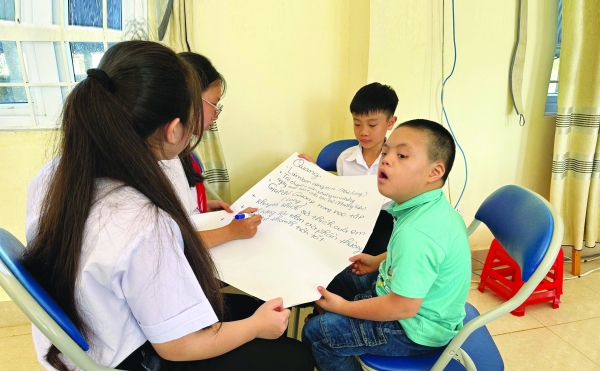

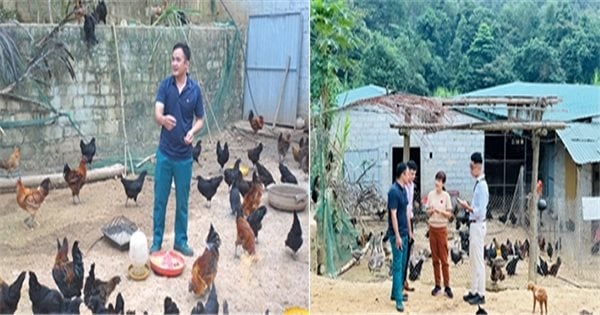
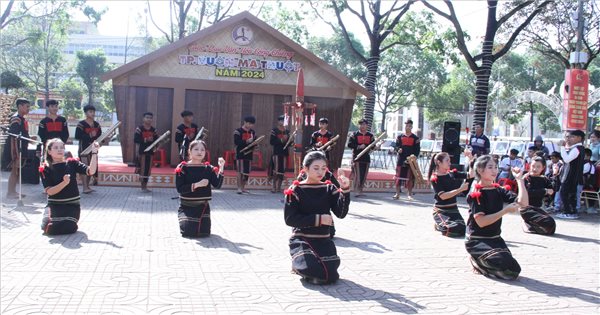
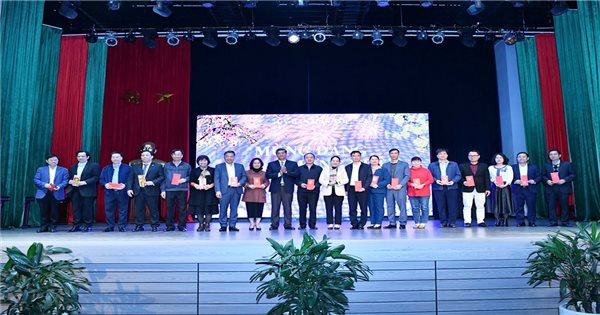


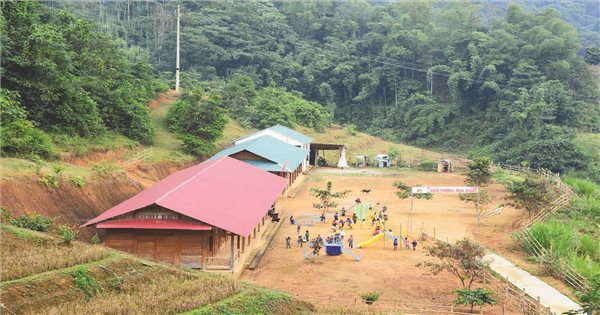

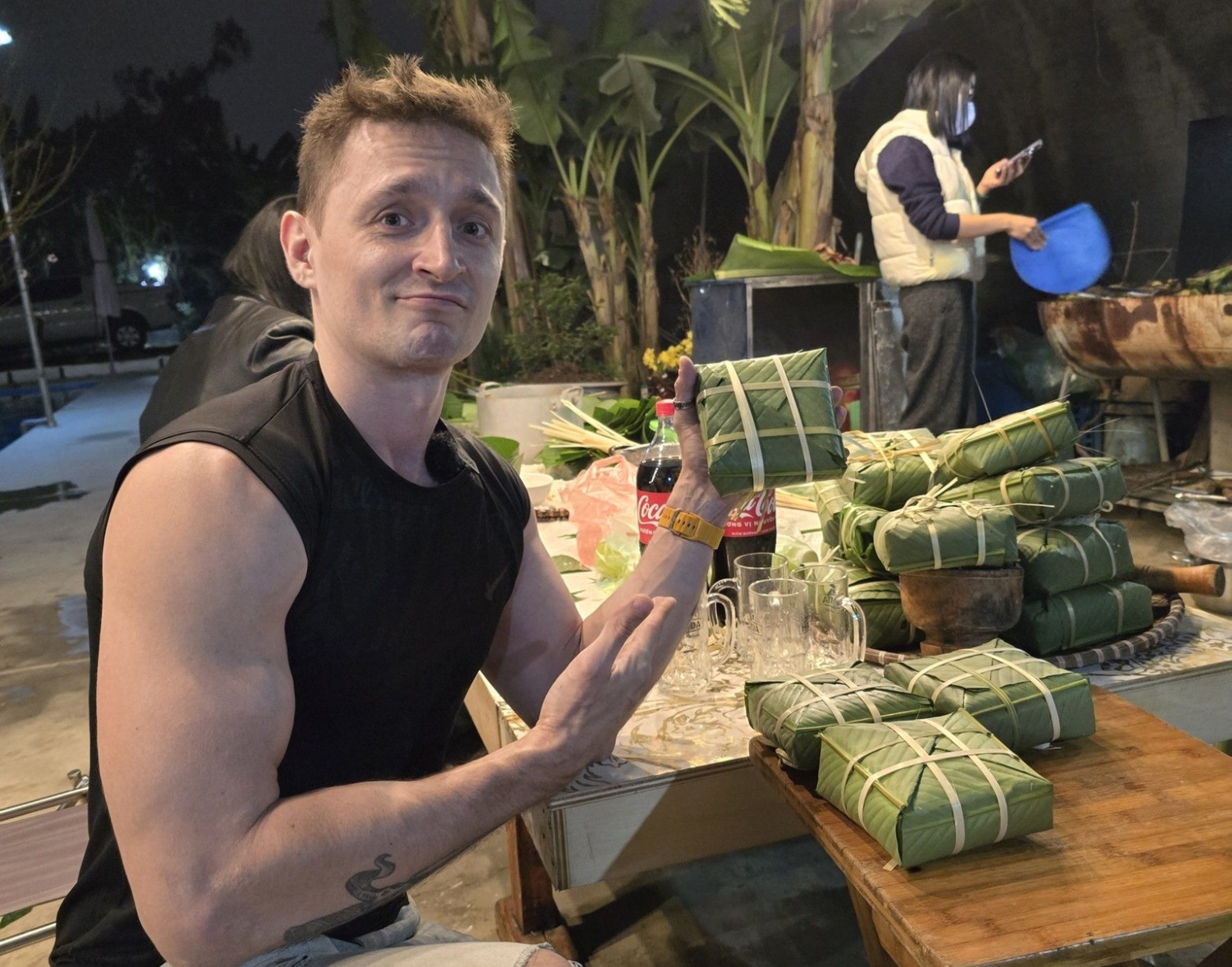



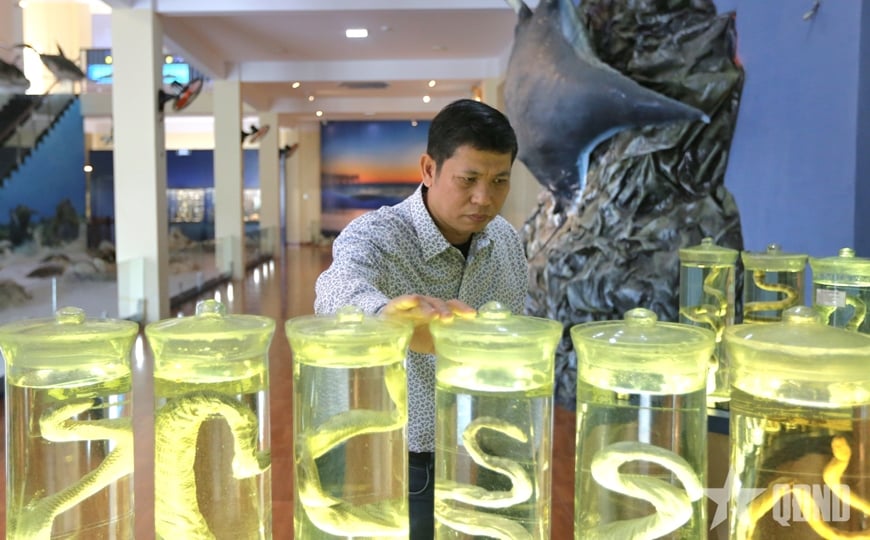

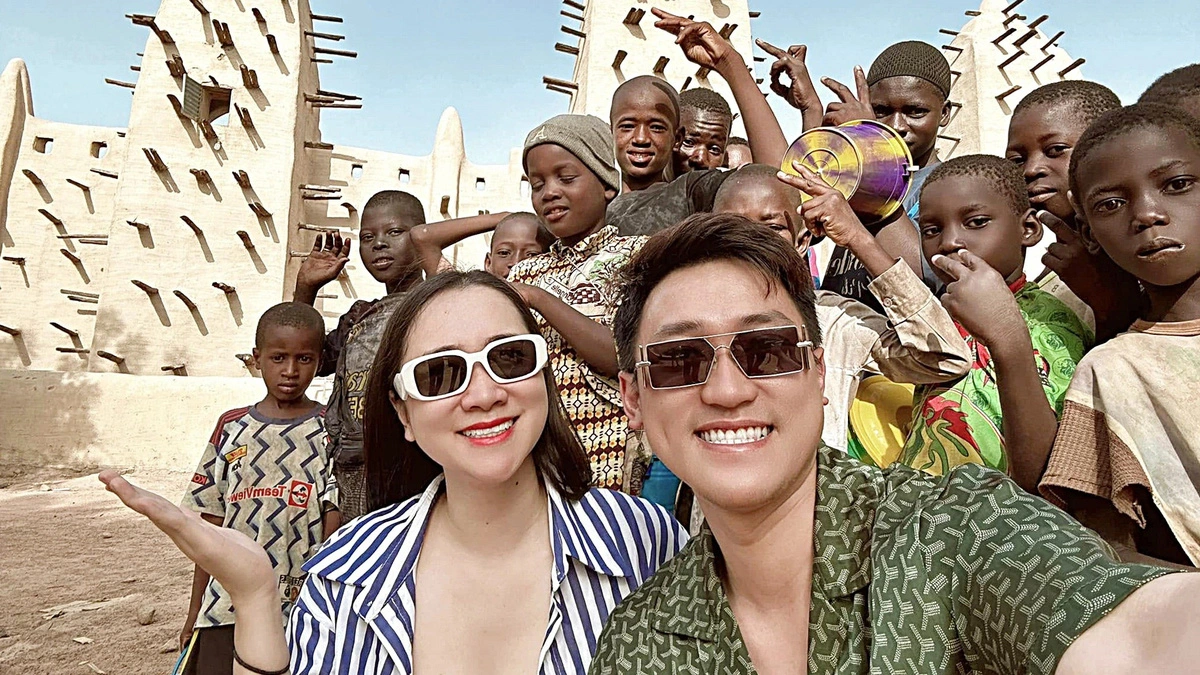

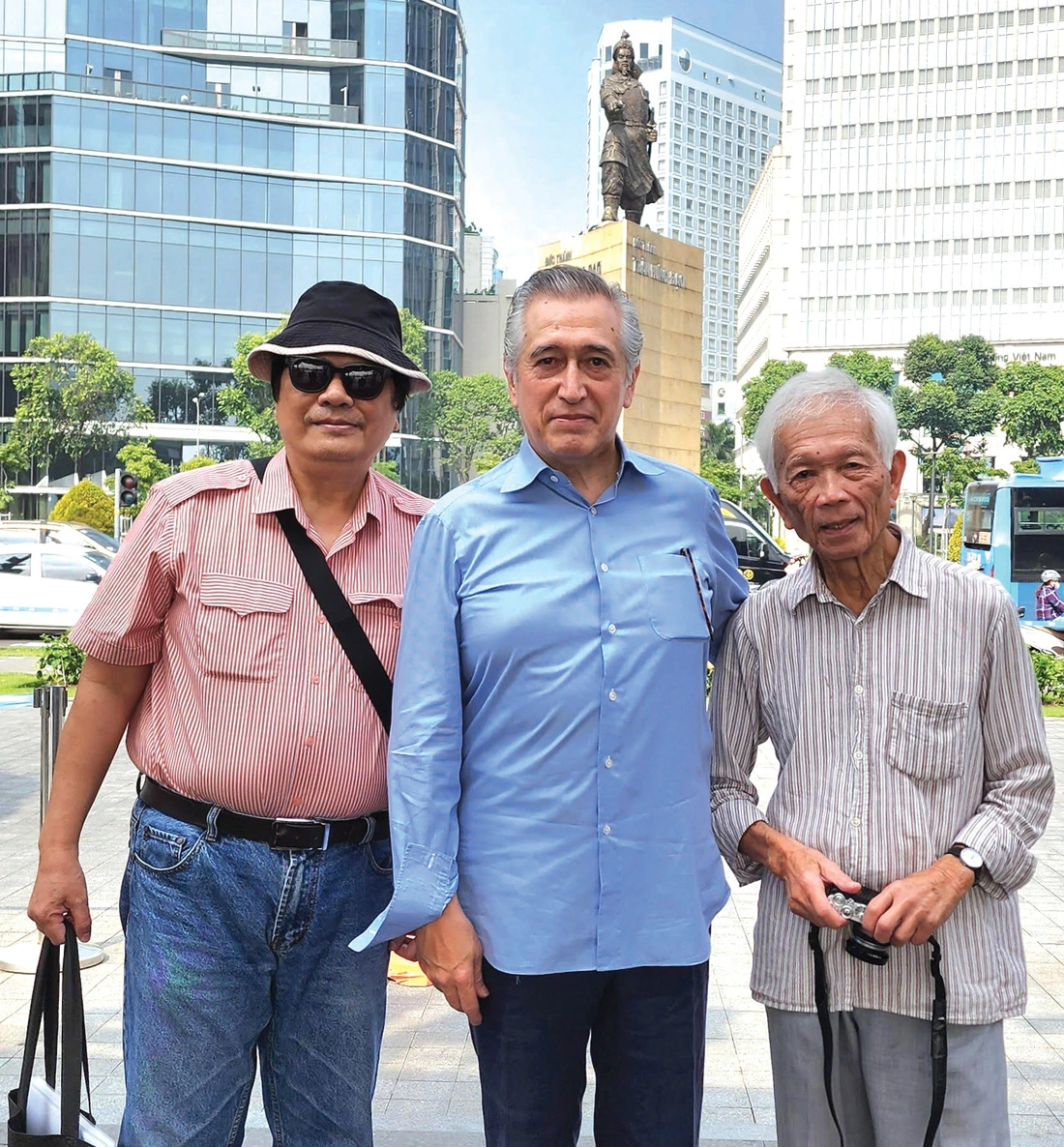
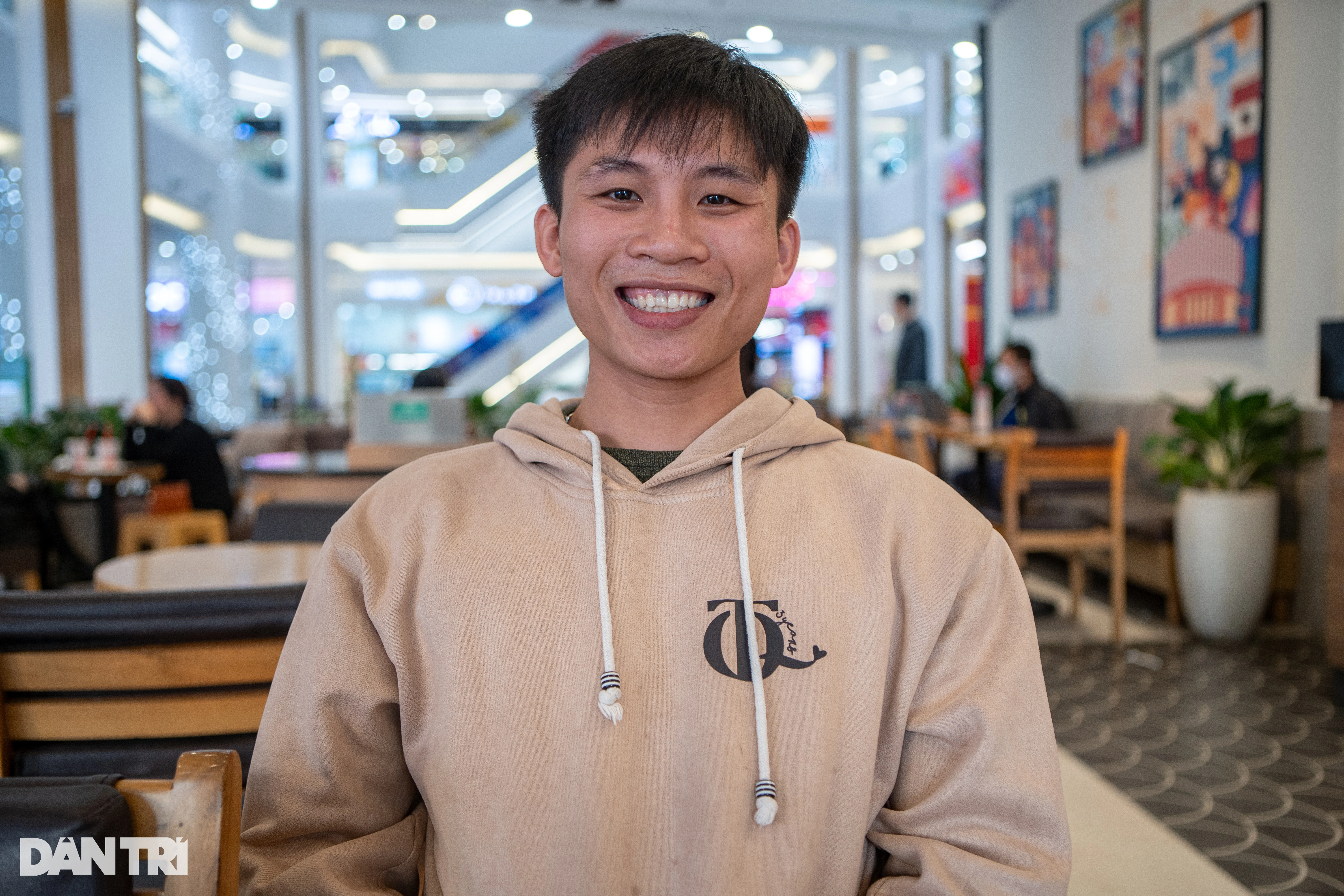




Comment (0)